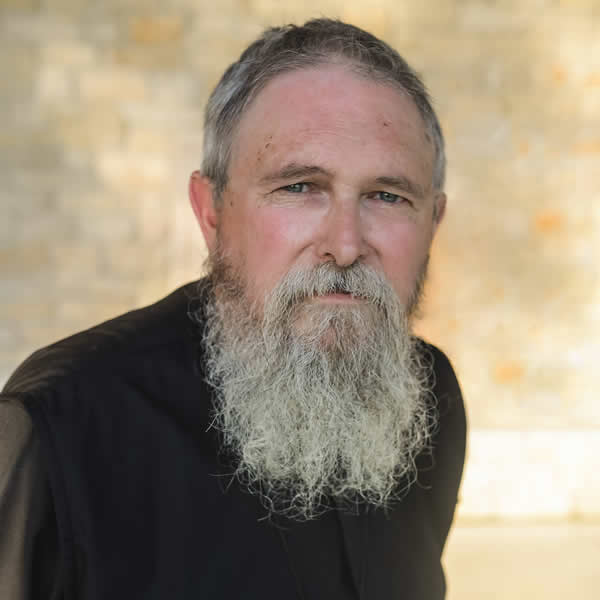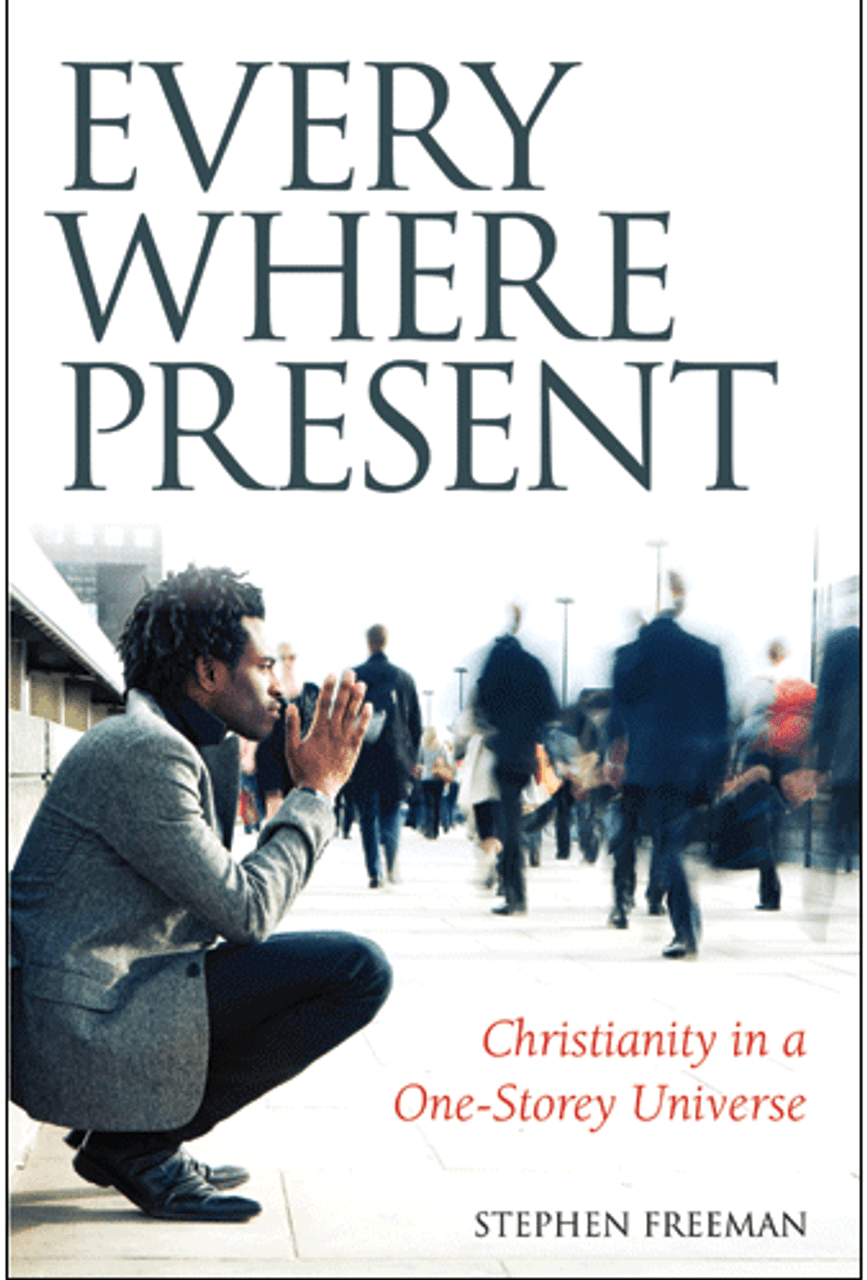
Dover Beach – (Matthew Arnold, 1867)
The sea is calm tonight.
The tide is full, the moon lies fair
Upon the straits; on the French coast the light
Gleams and is gone; the cliffs of England stand,
Glimmering and vast, out in the tranquil bay.
Come to the window, sweet is the night-air!
Only, from the long line of spray
Where the sea meets the moon-blanched land,
Listen! you hear the grating roar
Of pebbles which the waves draw back, and fling,
At their return, up the high strand,
Begin, and cease, and then again begin,
With tremulous cadence slow, and bring
The eternal note of sadness in.
Sophocles long ago
Heard it on the Ægean, and it brought
Into his mind the turbid ebb and flow
Of human misery; we
Find also in the sound a thought,
Hearing it by this distant northern sea.
The Sea of Faith
Was once, too, at the full, and round earth’s shore
Lay like the folds of a bright girdle furled.
But now I only hear
Its melancholy, long, withdrawing roar,
Retreating, to the breath
Of the night-wind, down the vast edges drear
And naked shingles of the world.
Ah, love, let us be true
To one another! for the world, which seems
To lie before us like a land of dreams,
So various, so beautiful, so new,
Hath really neither joy, nor love, nor light,
Nor certitude, nor peace, nor help for pain;
And we are here as on a darkling plain
Swept with confused alarms of struggle and flight,
Where ignorant armies clash by night.
____
Matthew Arnold’s Dover Beach is a mid-19th century lament for a world where faith was receding. It is the sound of secularism gradually seizing Europe and choking out Western civilization. His last line mentions the ignorant armies that were already wasting lives in senseless wars. Of course, two generations later (WWI), would see nearly 40 million casualties (military and civilian) with ignorance in continued command. The emptiness and vacuity of its aftermath gave rise to the even greater madness in the Second World War. The tide has yet to turn.
Emptiness does not build civilizations. The slow process of uncoupling mainstream culture from Christian tradition has also been the loss of its reason for existence – or, at the very least, a substitution of lesser reasons that vie with one another in the mass market of modernity. (I lost count over the past half-dozen years of how many times we were told that some political moment was an “existential crisis.”) In his book, Orthodoxy (1908), GK Chesterton wrote:
“The modern world is not evil; in some ways the modern world is far too good. It is full of wild and wasted virtues. When a religious scheme is shattered (as Christianity was shattered at the Reformation), it is not merely the vices that are let loose. The vices are, indeed, let loose, and they wander and do damage. But the virtues are let loose also; and the virtues wander more wildly, and the virtues do more terrible damage. The modern world is full of the old Christian virtues gone mad. The virtues have gone mad because they have been isolated from each other and are wandering alone. Thus some scientists care for truth; and their truth is pitiless. Thus some humanitarians only care for pity; and their pity (I am sorry to say) is often untruthful.”
Orthodox Christianity, in contrast, speaks of a “fullness” (…”and of His fullness we have all received, and grace for grace” Jn. 1:16). That fullness is a vision of what it means to be truly human, created in the image of God, being transformed in the image of Christ. It is that inner instinct that transformed Hellenistic and Roman civilizations into Byzantium and the West. The dignity of human beings and the integrity of creation are not imports from some foreign source – they are intrinsic to the gospel. That our present time still has strong echoes of those notions is a testament to their power. They are not intrinsic to modernity. Both are for sale to the highest bidder.
I take great encouragement that contemporary Orthodox conversation has brought beauty back into some corner of our culture (eg. The Ethics of Beauty, Patitsas; “The Experience of Beauty,” Paul Kingsnorth). Beauty is at the very heart of the ethos of Orthodoxy and is particularly seen within the Liturgy. Much of my experience as an Orthodox priest has been in the setting of missions – storefront and warehouse churches struggling to pay the rent. But, even there, as the Liturgy unfolds, the storefronts seem to melt into a larger space and become, for a time, a sacrament of Byzantine beauty, transforming both the space and the participants.
In the 19th century, there was a reaction to secular utility, particularly as expressed in the Industrial Revolution. In England, the Arts and Crafts Movement (as well as several related movements), sought a return to medieval beauty and craftmanship. Its instincts were correct, though it failed to truly ground itself in the wonder and awe of a religious vision. Apparently, you cannot build a culture on a pastiche of religious art. Plastic cannot replace wood.
It is of note that Orthodoxy does not have charge of Western culture (particularly in America). At the same time, we do not live outside the culture’s conversation. I hear echoes of this Orthodox instinct in many places. We are never the managers of history. However, the gospel is not alien to the life of human beings. At its best, the gospel finds a resonance within us, drawing us towards the good as manifest in the Incarnation of Christ.
We should never be dismissive of the inner desire for beauty, nor doubt its place within the context of our lives. I have little doubt that our culture’s frequent lack of beauty contributes greatly to our widespread experience of depression and listlessness. The desire for beauty can be seen within kindness, patience, generosity, and humility. In the presence of such things, we find ourselves nourished and strengthened.
My wife and I recently made a major move to a fast-growing city (my hometown). There have been frequent excursions to various shops as we settle into our new home. A surprise one afternoon came in a trip to a garden center. Advertised as the area’s best, we were unprepared for what we found. The center was much closer to an arboretum in its thoughtful plantings and walking spaces. The cool shade and moist air were a welcome balm. We had little incentive to leave. We bought nothing. We gained much. Some garden centers sell plants. Something far greater than money was at work there. I will go back – and soon.
The emptiness of our culture’s current path, so well described in “Dover Beach,” continues to echo across the decades. However, there is also a sound that comes from within the human breast that is not the sound of emptiness, but of a fullness that longs to be fulfilled. When Orthodoxy speaks of beauty (and much else), it speaks to that fullness in words spoken long ago, “Lazarus, come forth!”
Beauty is not mere aesthetics. It encompasses an aspect of truth that is enfleshed and breathes. Our faith is not a mass of syllogisms, no matter how well expressed. Like even the most primitive human beings, believers have reached out to blank walls to fill them with the images of the heart. It reaches out to the souls of broken men and women to bind them up. Beauty is the sound and image of love breaking on the shores all across the planet calling us to our true home.
All true beauty draws the soul towards You in powerful invocation, and makes it sing triumphantly: Alleluia!
From the Akathist Hymn – “Glory to God for All Things”
______
Photo: Photo by Richard Wang on Unsplash
I am informed that the photo is of the cliffs of Dover, while Dover Beach is some 70 miles to the North. My apologies to those who know!






Leave a Reply